Deck & Commander Strategies
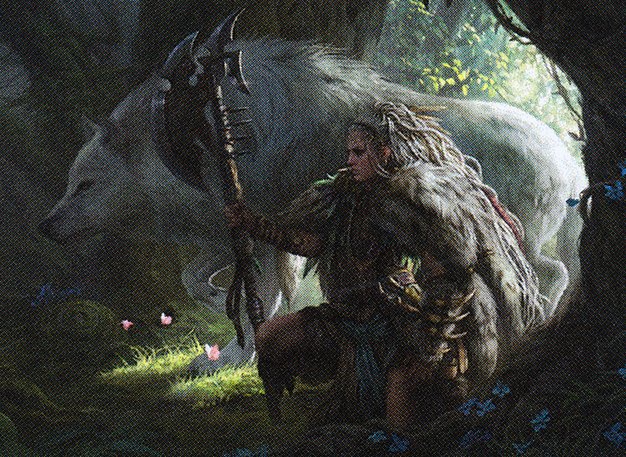
Neyith of the Dire Hunt
Focuses on fighting and forcing creatures to block to generate card draw and control combat. Uses fight mechanics and combat tricks to maintain board presence and card advantage.
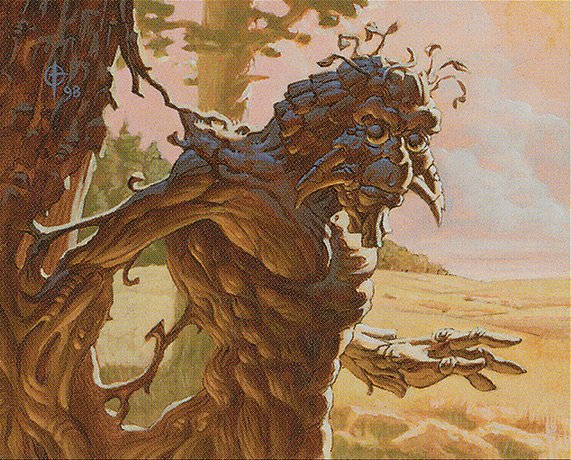
Multani, Maro-Sorcerer
A ramp-heavy deck centered around casting and growing a large creature, leveraging land ramp spells and spells that benefit from big creatures and mana acceleration.

Rakdos, Lord of Riots
Aims to cheat large colorless creatures into play by dealing damage to opponents and then overwhelming them with big threats, using a combination of ramp and damage-dealing spells.
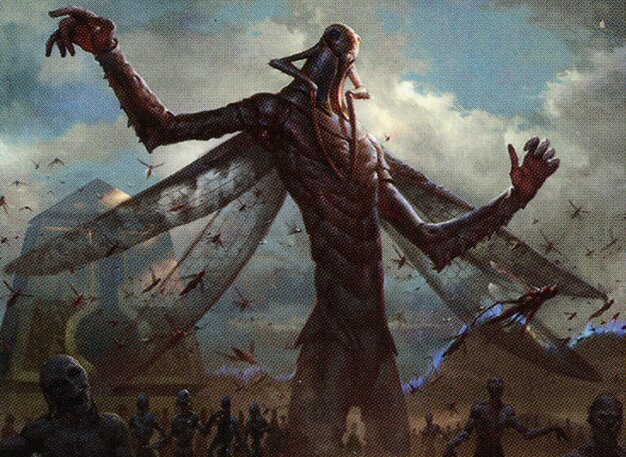
The Locust God
Uses card draw to create a swarm of insect tokens with flying and haste, combining token generation with life loss effects like Impact Tremors and Windfall to drain opponents’ life totals rapidly.
Gameplay Insights
- 1
The Locust God player maximized value by combining Windfall with Phyrexian Altar to create a large number of insect tokens, dealing significant damage to all opponents in one swing.
- 2
Players struggled with paying the life costs associated with Rakdos, Lord of Riots, which slowed down his ability to fully capitalize on his aggressive strategy early on.
- 3
The use of Horn of Greed and MIkokoro, Center of the Sea created a powerful engine for drawing extra cards, synergizing well with token generation and incremental damage.
- 4
Neyith leveraged fight mechanics and card draw triggers effectively to maintain pressure and keep card advantage, focusing on combat control rather than pure ramp or combo.
- 5
The introduction of Hullbreacher by the Locust God player disrupted opponents' card draw, limiting their options during critical turns.
Notable Cards
-
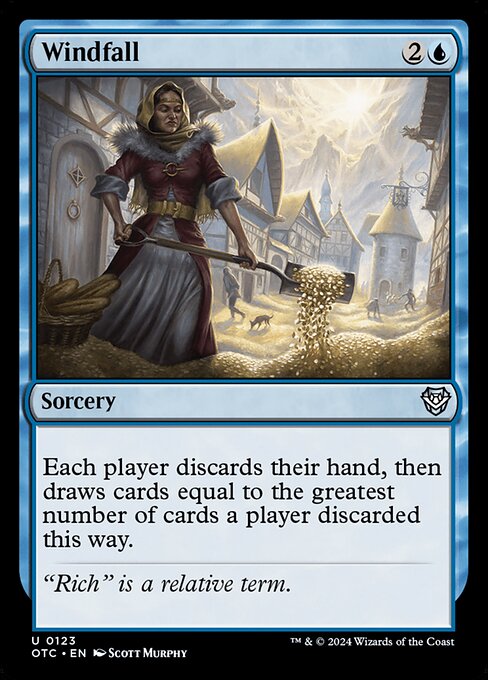
Windfall
-
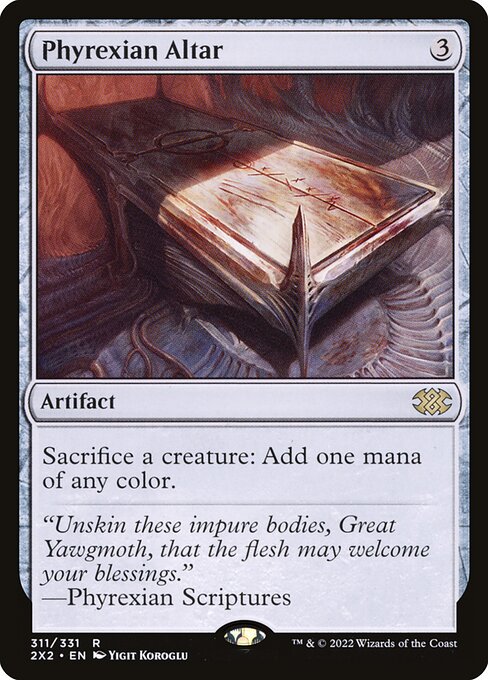
Phyrexian Altar
-
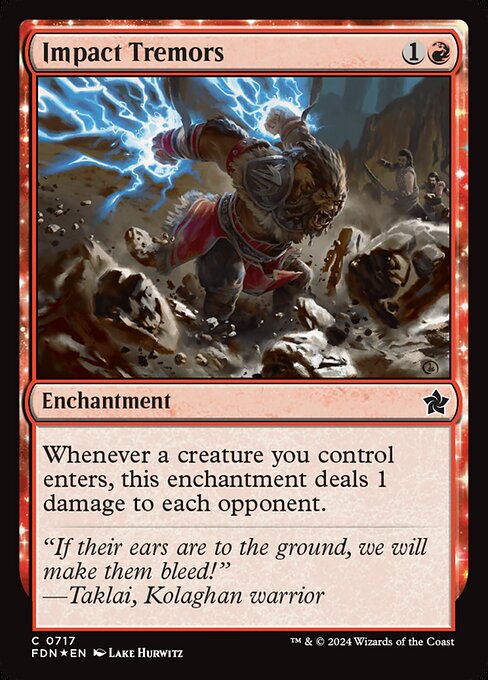
Impact Tremors
-
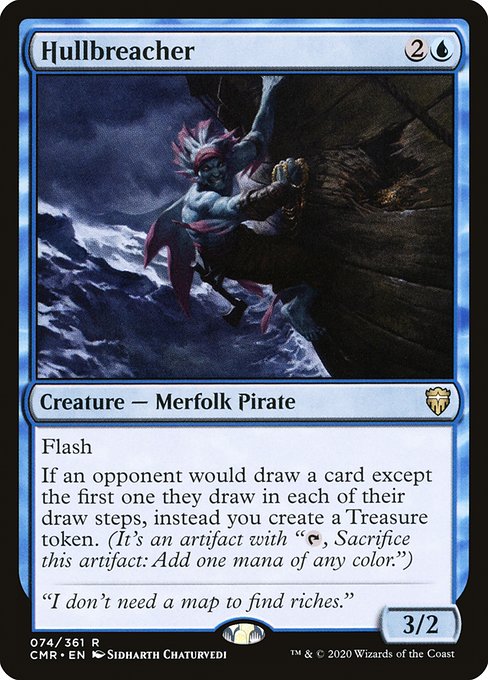
Hullbreacher
-
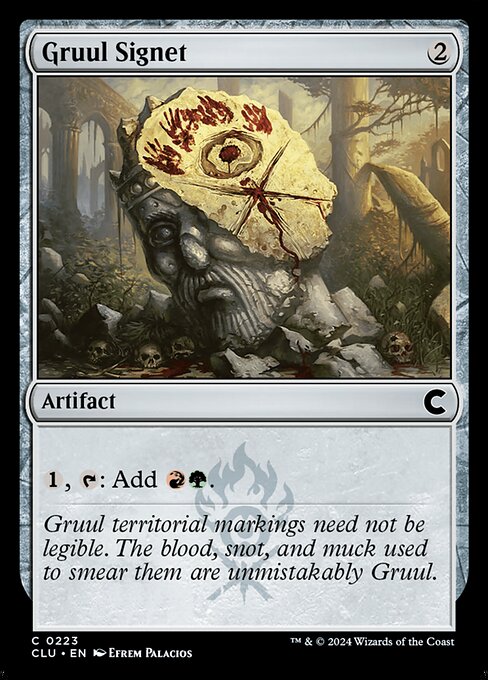
Gruul Signet
-
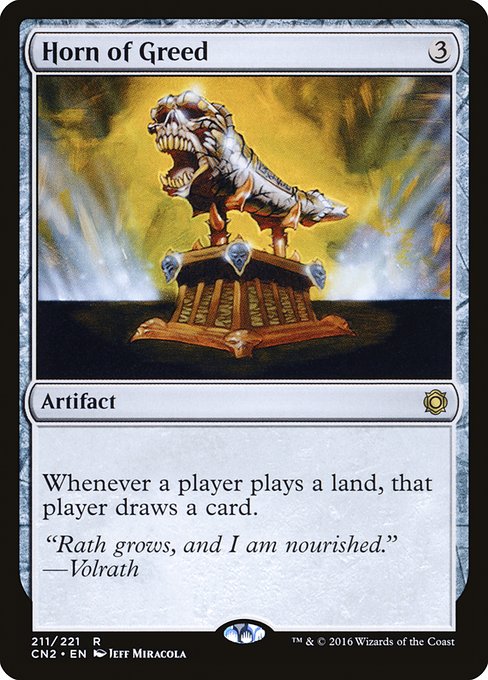
Horn of Greed
-
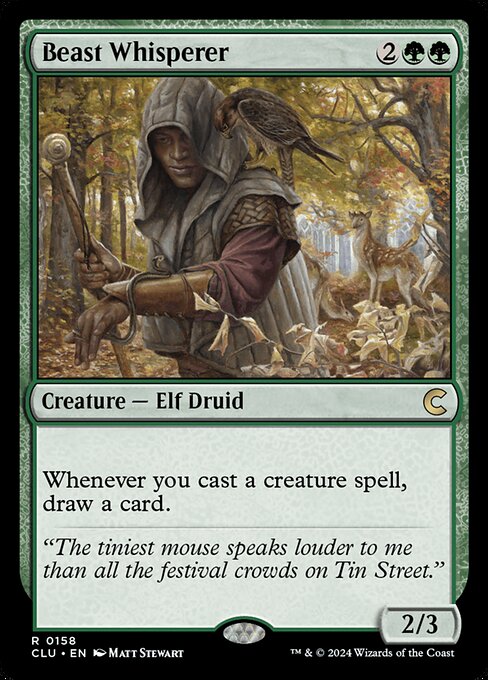
Beast Whisperer
-
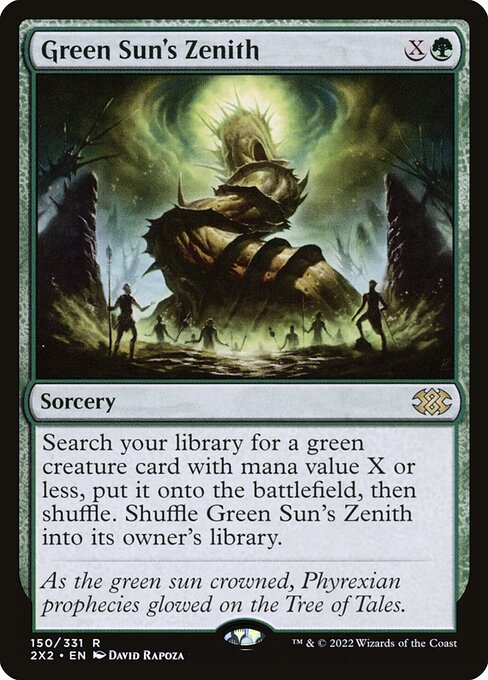
Green Sun's Zenith
Gameplay Summary
The game started with players ramping and setting up their boards, with early plays like Soul Ring, Gruul Signet, and Ramp spells helping accelerate their mana.
Rakdos, Lord of Riots aimed to cheat out big creatures but initially focused on assembling resources, while Neyith of the Dire Hunt looked to leverage its fight and combat manipulation abilities.
Multani, Maro-Sorcerer developed a strategy centered around growing a massive creature and generating value through land drops and spells.
The Locust God quickly established a token swarm strategy by drawing multiple cards and creating flying insect tokens, leveraging synergy with Impact Tremors to chip away at opponents’ life totals. A pivotal moment occurred when the Locust God player cast Windfall combined with Phyrexian Altar to generate a large number of insect tokens and inflict significant damage to all opponents.
This explosive turn significantly shifted the board state and life totals.
The Locust God also utilized Hullbreacher to disrupt opponents’ card draw.
Throughout the game, players made strategic use of their commanders' abilities to either control the board, increase mana production, or apply incremental damage.
The game revolved around leveraging synergies between token generation, combat damage, and life loss effects, with the Locust God’s combo-oriented token generation and damage dealing proving especially impactful in swinging the momentum.




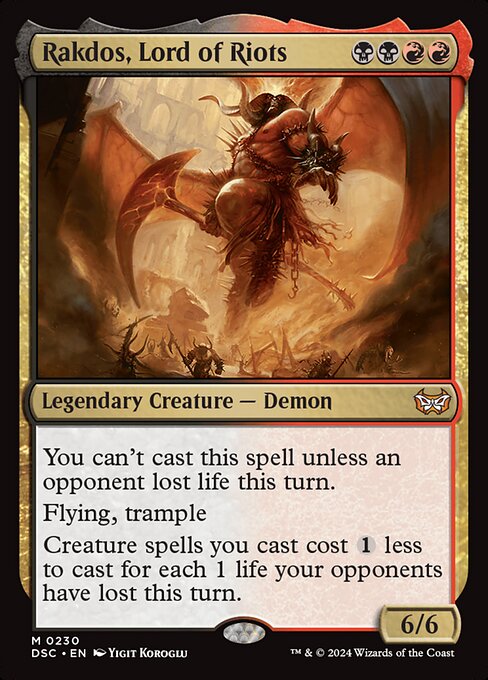












![Commander VS S7E8: Wrexial vs Rakdos vs Zur vs Feldon [MTG] thumbnail](https://i.ytimg.com/vi/uShPuN5yal8/sddefault.jpg)
![Commander VS S4E5: Rakdos vs Geist vs Bosh vs Wrexial [MtG: Multiplayer] thumbnail](https://i.ytimg.com/vi/u4s3IlCLlpk/sddefault.jpg)



















![Commander VS S16E7: The Locust God VS Horde of Notions VS Tatyova VS Balan [EDH] thumbnail](https://i.ytimg.com/vi/yqrnU70Qx6I/sddefault.jpg)





